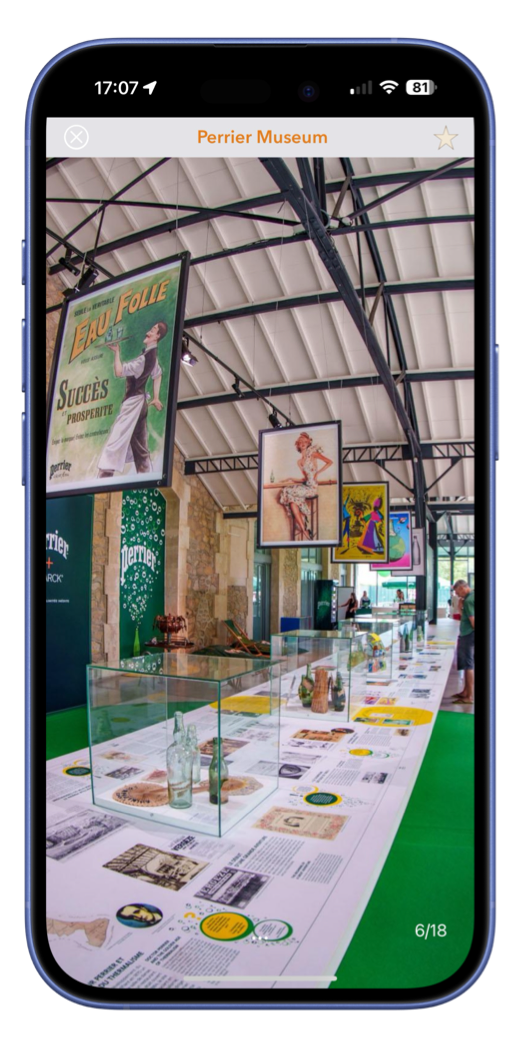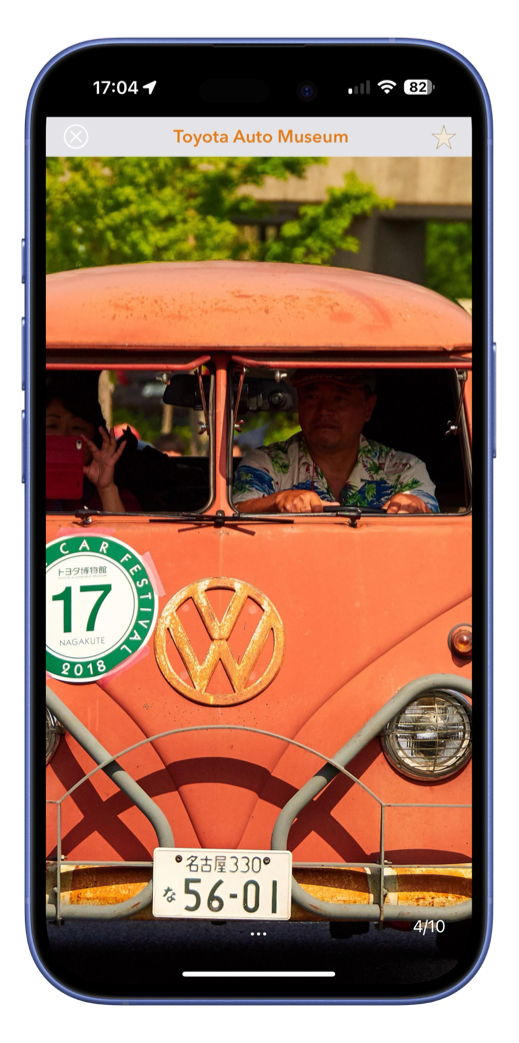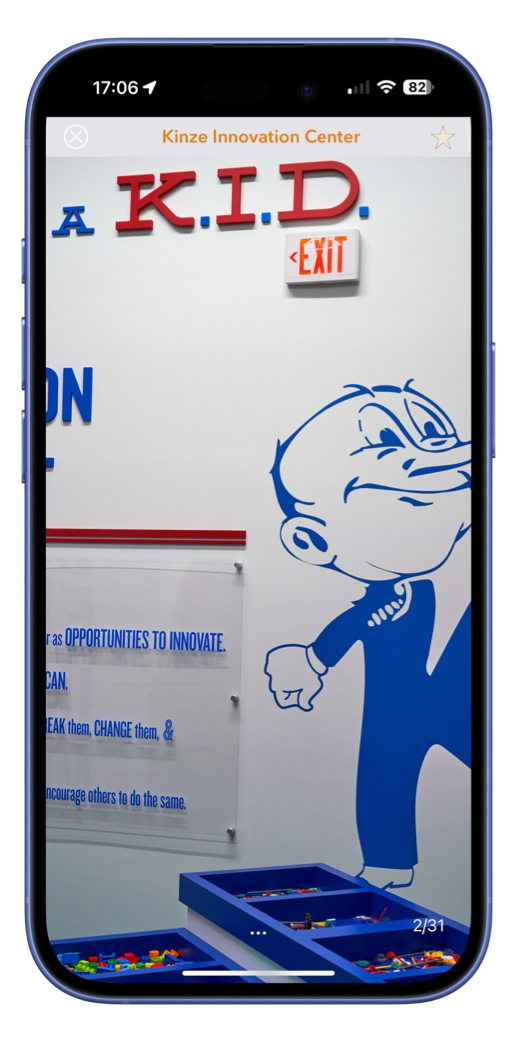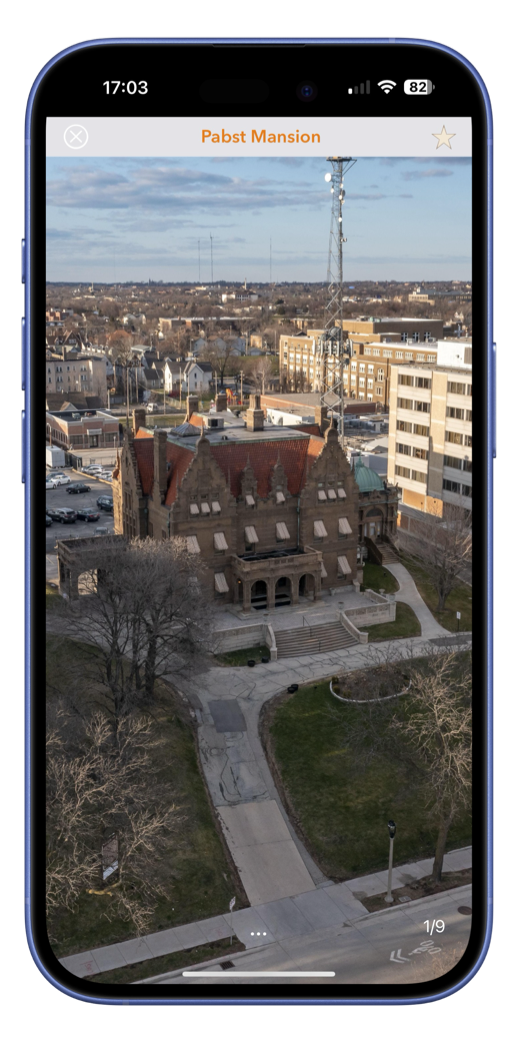** Oracle's famous hard drives make an appearance in the video as well, though the Company's headquarters has moved east. **
The explosion of remote work makes me wonder how important and effective these spaces are. In Apple's case, the facility is enormous and quite different than everything around it, as the amuz aerials illustrate.
Organizing people to work together effectively is surely one of the great challenges (and opportunities) over the next few decades. In person, remote, "hybrid", contractors, teams, "ai"/bots and so on. The choices are endless and no small hurdle.
Further, entrepreneurs must consider augmenting human skills, replacing them or organizing people around "ai" skills, as Neal notes:
There there is a much deeper problem that needs to be dealt with – the knowledge that underpins the organisation, that defines it, and its processes, is often a chaotic, self-contradictory mess of disconnected documents, fragmented files and siloed concepts.amuz includes a number of headquarter, museum and corporate facilities from Toyota's auto museum in Nagoya, BMW Welt in Munich, the Harley Davidson Museum, Ariens Company Museum, the John Deere Pavilion in Moline, IL, Source Perrier in Vergeze, Kohler's Design Center, Kinze in Williamsburg, IA, Nikon in Tokyo, Fragonard in Grasse, France to the SAME Museum in Treviglio.
The Sign Museum in Cincinnati and Las Vegas's Neon Museum are useful complements. Update: Peter Holley considers X/Twitter's former San Francisco headquarters and a new Bastrop, TX facility.
 |
 |
 |
 |
Some, perhaps all of these are brand exercises. Will there be more? Do the facilities help or hinder strategy, tactics and cohesion? What are the essential "jobs to be done" over the next decade or two? Will they include branded bricks and mortar?
Regardless, I find the history of these places fascinating.
Finally, we've had a few related student projects including Milwaukee Tool, a boat company and the Pabst Mansion.
Explore in amuz on iOS, android and visionOS.


